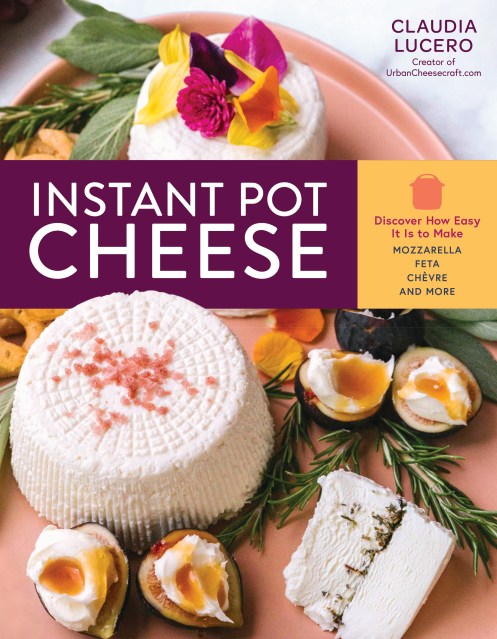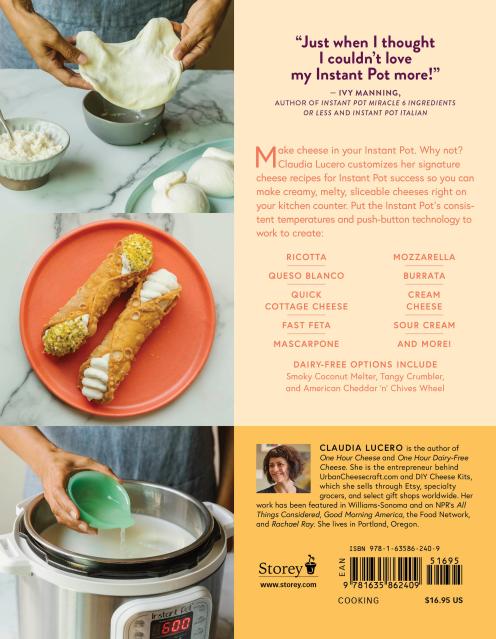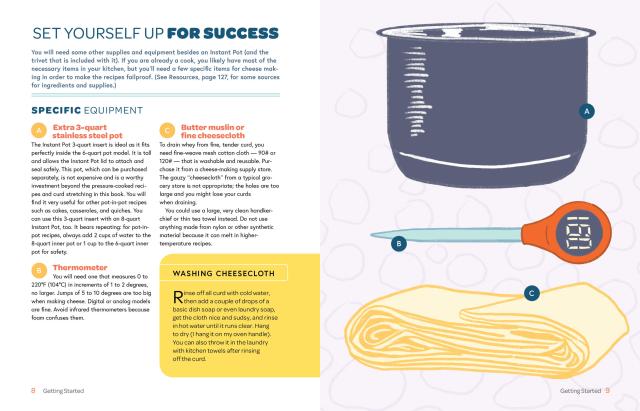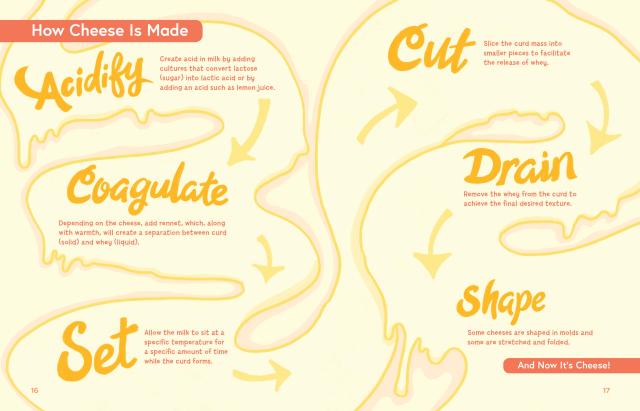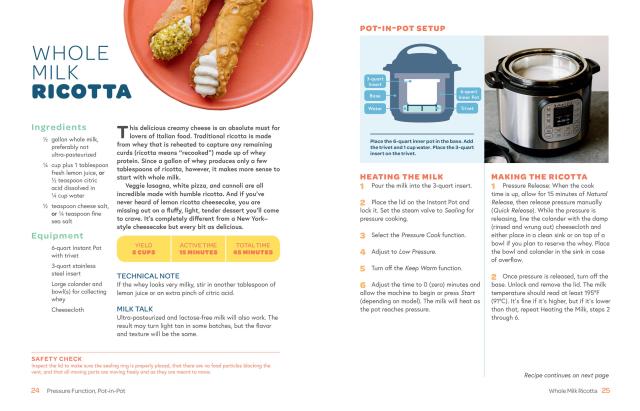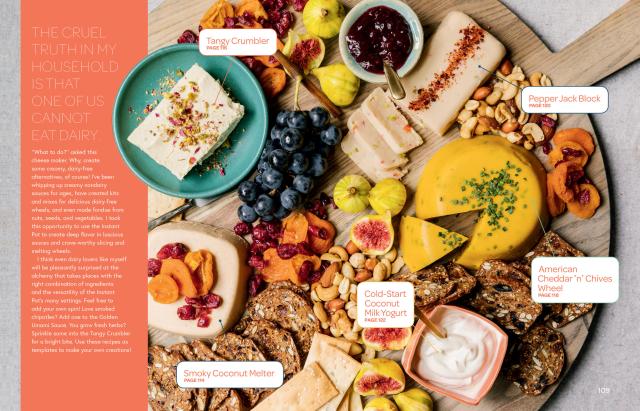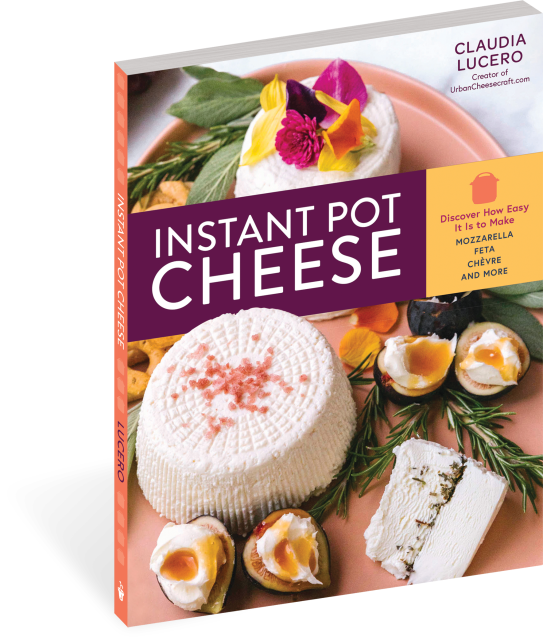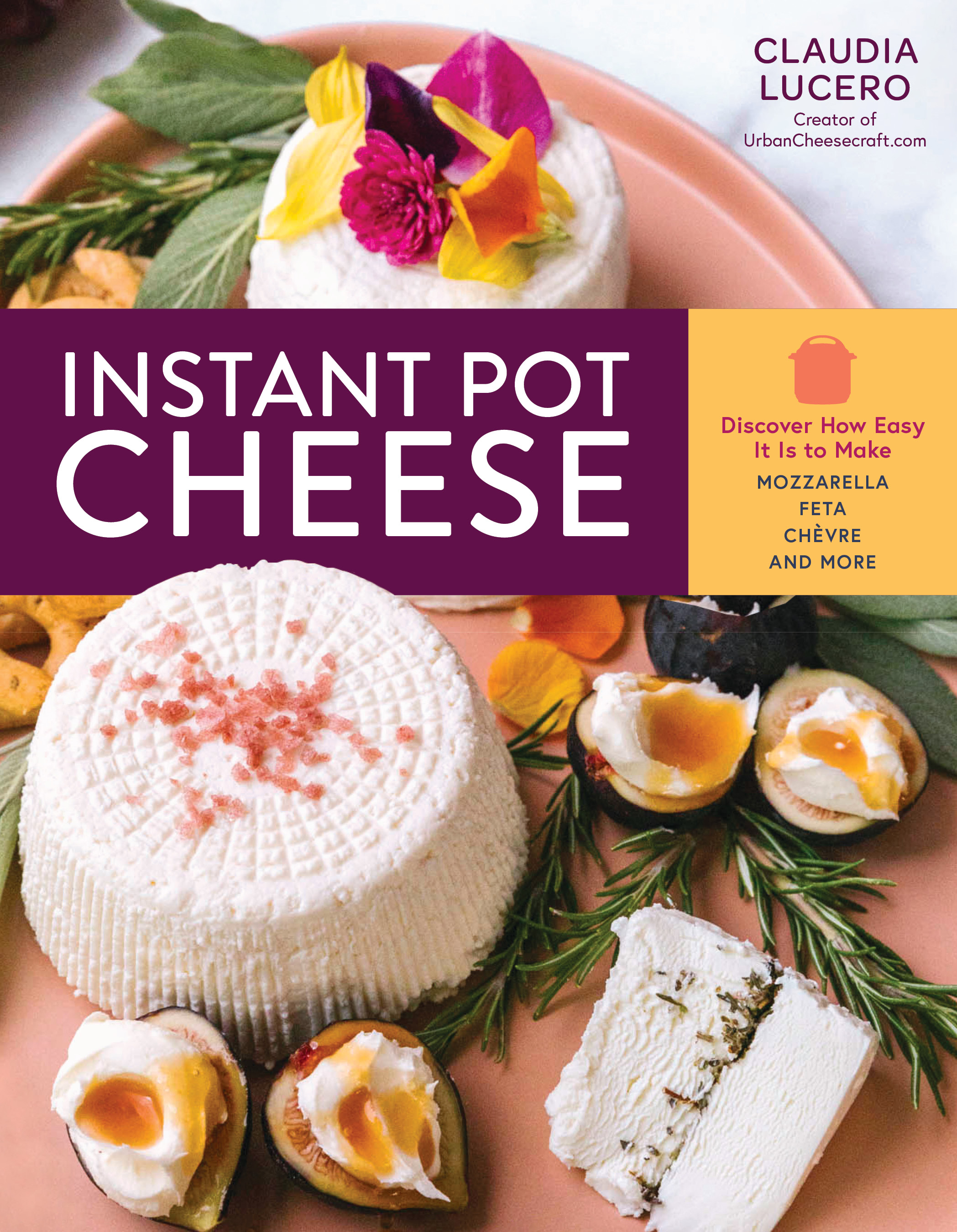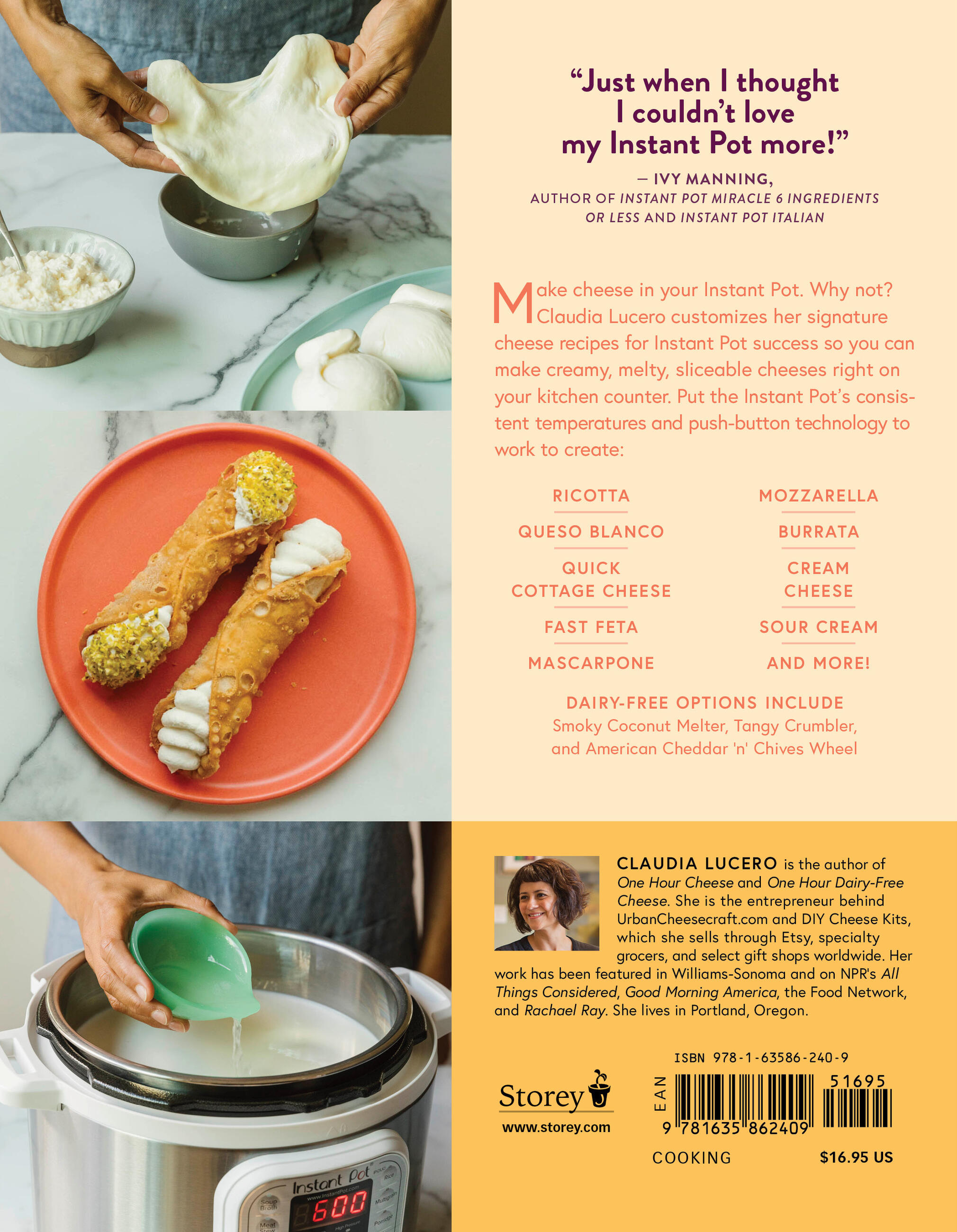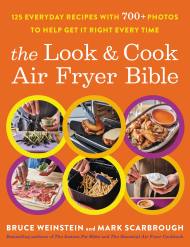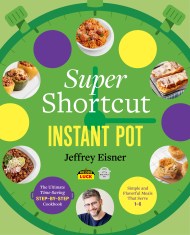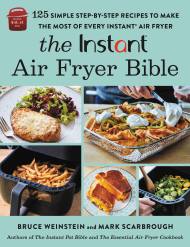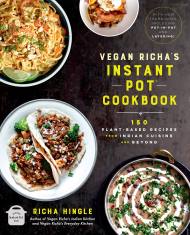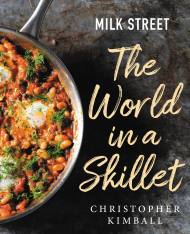Promotion
Shop now and save 20% on your back-to-school purchases & get free shipping on orders $45+ Use code: SCHOOL24
Instant Pot Cheese
Discover How Easy It Is to Make Mozzarella, Feta, Chevre, and More
Contributors
Formats and Prices
Price
$16.95Price
$22.95 CADFormat
Format:
- Trade Paperback $16.95 $22.95 CAD
- ebook $11.99 $15.99 CAD
This item is a preorder. Your payment method will be charged immediately, and the product is expected to ship on or around September 29, 2020. This date is subject to change due to shipping delays beyond our control.
Also available from:
Genre:
-
“Claudia has once again made cheesemaking fun and accessible for everyone! Instant Pot Cheese is beautifully presented, easy to read, filled with simple and delicious recipes, and will give you another good reason never to put that multicooker away.” — Gianaclis Caldwell, cheesemaker and author of Mastering Artisan Cheesemaking, Mastering Basic Cheesemaking, and Homemade Yogurt Kefir
“Just when I thought I couldn't love my Instant Pot more, Instant Pot Cheese comes about! From homemade feta to burrata, and even dairy-free cheeses, this book has it all. With easy-to-follow instructions, colorful graphics, and lots of photos, Claudia has found multiple ways to make the Instant Pot even more useful.” — Ivy Manning, author of Instant Pot Miracle 6 Ingredients or Less and Instant Pot Italian
“Old-world artisanal cheeses meet ultra-modern methods and the match is solid. In Instant Pot Cheese, Claudia Lucero has found yet another use for the Instant Pot, showing how to use it as a fermentation chamber capable of much more than yogurt. What’s more, this book covers both traditionally cultured dairy products and a number of dairy-free options. It is a fun, creative, and easy approach to making your own cheeses at home.” — Kirsten K. Shockey, coauthor of Fermented Vegetables, Fiery Ferments, and Miso, Tempeh, Natto and Other Tasty Ferments
- On Sale
- Sep 29, 2020
- Page Count
- 144 pages
- Publisher
- Storey
- ISBN-13
- 9781635862409
Newsletter Signup
By clicking ‘Sign Up,’ I acknowledge that I have read and agree to Hachette Book Group’s Privacy Policy and Terms of Use
